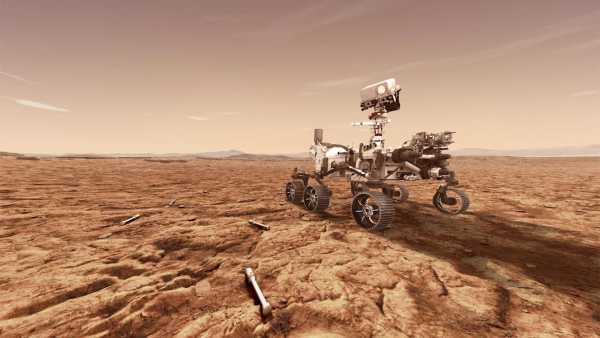
An illustration of NASA's Perseverance rover next to sealed containers of Martian soil samples. The rover has collected 30 geological samples on Mars, but NASA's planned mission to collect them has been put on hold. (Image: NASA/JPL-Caltech)
What if the first Martian rock samples ever intentionally returned to Earth landed not in Houston, but in Beijing?
This scenario, once seemingly unrealistic, is becoming increasingly plausible. The US-led Mars Sample Return (MSR) mission, long considered a top priority in planetary science and conceived as the final stage of the Perseverance rover's meticulous collection of geological samples from Mars's Jezero Crater, has stalled.
You may like
-

The controversial article raises the question of whether the interstellar visitor 3I/ATLAS is “possibly hostile” alien technology under cover.
-

Astronomers are rushing to study our Solar System's newest “interstellar visitor.” Here's why.
-

Giant space “boulders” released by NASA's DART mission are not behaving as expected, revealing the hidden risks of asteroid deflection.
Meanwhile, China's Tianwen-3 mission, designed as a more compact project aimed at collecting fewer, less carefully selected samples, is scheduled to launch in 2028 and return to Earth in 2031. If successful, Beijing will win one of the most coveted prizes in planetary science for years, if not decades, ahead of NASA. Experts believe that, with China's launch window approaching, NASA may have already missed its chance to pull ahead.
“I don't think it's a competition at all, because we already know enough about the MSR problems and their budgetary issues,” Chris Impey, an astronomer at the University of Arizona who has no direct connection to either country's sample return program, told Live Science. NASA's mission is already far along—samples have already been delivered to Mars, and the core hardware has been designed or built—so switching to a more flexible and cost-effective alternative that still meets the original mission timeline “is simply not feasible,” he said. “They're stuck with their plan.”
The scientific impact is enormous. Returning Martian samples will allow laboratories on Earth to conduct analyses that are impossible with instruments on Mars rovers, such as probing rocks at the atomic and molecular levels, searching for organic compounds, and even finding fossilized microbes.
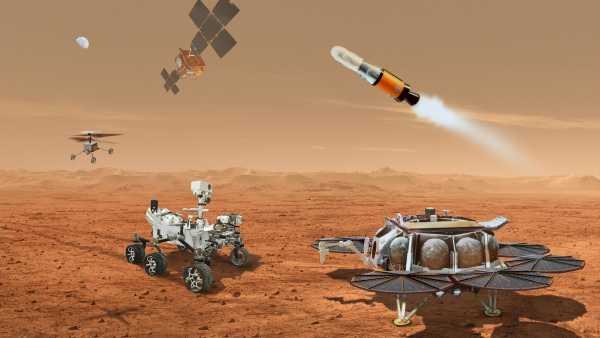
An illustration of several concepts for a Mars sample collection mission. Given time and budget constraints, the mission's future remains uncertain.
Such research could finally prove whether life ever existed on Mars, or confirm that it has always been sterile. Either result would revolutionize planetary science. But, as with so many other space explorations, science is only part of the story.
“There's certainly a geopolitical value to being first, and that value in this regard is determined by the public perception of who's first and who's not,” Gerard van Belle, science director at the Lowell Observatory in Arizona, who isn't directly involved in either country's sample return mission, told Live Science. “The idea that maybe one mission will be superior in its results will probably get lost in the shuffle—and that's unfortunate.”
Can NASA catch up with us?
Since 2020, NASA's Perseverance rover has been drilling and collecting dozens of samples in Jezero Crater, an ancient lake where the agency recently discovered what the agency called “the clearest sign of life ever found on Mars.” Scientists argue that such carefully curated samples represent humanity's best chance of discovering whether life ever existed on the Red Planet.
But bringing them home proved challenging. The MSR project, led by the US and the European Space Agency, was conceived as a complex, high-stakes, mission: Perseverance's cargo was to be delivered by a lander, transferred by a robotic arm to the Mars Ascent Vehicle, and then launched into orbit to be captured by the return spacecraft.
You may like
-

The controversial article raises the question of whether the interstellar visitor 3I/ATLAS is “possibly hostile” alien technology under cover.
-

Astronomers are rushing to study our Solar System's newest “interstellar visitor.” Here's why.
-

Giant space “boulders” released by NASA's DART mission are not behaving as expected, revealing the hidden risks of asteroid deflection.
Even after plans for a “decoy rover” were subsequently abandoned in favor of a pair of miniature helicopters, the project remained astronomically expensive. With costs exceeding $11 billion and the deadline approaching 2040, NASA declared the plan untenable in 2024.
“Perhaps if the US had to reconsider its approach, it would take a slightly different path and pursue a simpler mission to begin with,” van Belle said.
Earlier this year, NASA presented two scaled-down options. Either option would require immediate funding from Congress for $300 million, with a launch scheduled for around 2030 and the return of approximately 30 Martian soil samples scheduled for 2035 to 2039.
However, Impey doubts NASA will be able to recover its lost ground. “I don't think they'll be able to expedite the timeline even if they receive the funding they're currently requesting,” he said.
China's Tianwen-3, by contrast, is betting on an autonomous mission, the effectiveness of which has been proven by recent lunar missions, including Chang'e-5 in 2020 and Chang'e-6 in 2024, which returned lunar soil samples (the latter collecting the first samples ever collected from the unexplored far side of the Moon).
Tianwen-3 is designed for two launches: one with a lander equipped with a drill, a robotic arm, and a reconnaissance helicopter, and the other with a return orbiter. Using a grab-and-go approach, the lander will collect samples and load them directly into its ascent module. After approximately two months on the surface, this rocket-powered stage will lift off to rendezvous with the return orbiter in Mars orbit, which will then return approximately 500 grams of material back to Earth.
The Chinese mission plans to select a flatter and less geologically diverse landing site than Jezero, chosen more for safety than scientific reasons. This means the samples returned may be less informative than those returned by Perseverance. Nevertheless, the Tianwen-3 launch is likely to proceed on schedule, as it fits into China's long-term space strategy, which is well-funded and has already yielded lunar samples, built a space station, and set goals for establishing a permanent lunar base by 2035 and human missions to Mars by 2050.
“[China] has a timeline of a few decades, but for NASA, it's practically disappearing before our eyes,” Impey said. “So if the space race is going to continue, China is already winning it and could win decisively in the next few decades.”
A new moment for Sputnik?
The obstacles facing NASA are not only technical. The White House has proposed a drastic reduction in NASA's scientific research budget by nearly half and a 24% reduction in overall funding, from $24.8 billion to $18.8 billion. If adopted, this would be the steepest single-year spending cut in NASA history, even more significant than the cuts following the demise of the Apollo program in the 1970s.
According to Impey, the coming fiscal year will be crucial. If the cuts are adopted, they will not only jeopardize the MSR but also lead to larger reductions in the number of operational observatories and planetary probes.
“That would be catastrophic,” Impey said. “It's a cliff they could fall off, and if they do, the U.S.-led MSR program will certainly be dead for decades.”
If China is the first to return samples from Mars, this symbolism could potentially echo the new Sputnik. In 1957, the Soviet Union's launch of the first artificial satellite stunned the United States, spurred the creation of NASA, attracted massive investments in science and engineering education, and ultimately accelerated the space race, culminating in the Apollo moon landing ten years later.
Planetary scientists eager to learn more about the possibility of past habitation on Mars stress that they want the US-led Mars sample return mission to succeed, even if it has to be delayed, rather than be abandoned altogether.
RELATED STORIES
NASA's Martian soil samples, which may contain traces of life, will not be returned to Earth as originally planned.
—China aims to be the first to return samples from Mars.
— A “perfect” sample of Martian rock obtained on the Red Planet during a historic mission
“The main question is, can you answer the question, was there or is there life on Mars?” Impey said.
But no single mission guarantees a solution to this problem, he cautioned. Each mission will return only a small set of samples from one region of this vast and complex planet. Therefore, the success of NASA and China's sample return plans becomes even more important, as their combined efforts could provide complementary pieces of the puzzle.
“If you brought back a perfect stone, yes, you might get lucky,” Impey added. “There's still a chance that a single specimen found in one place simply won't answer the question.”
TOPICS China

Sharmila Kuthunur, Social Links Navigation, Live Science Contributor
Sharmila Kuthunur is a Seattle-based science journalist specializing in astronomy and space exploration. Her work has also appeared in Scientific American, Astronomy, and Space.com, among other publications. She earned a master's degree in journalism from Northeastern University in Boston. Follow her on BlueSky @skuthunur.bsky.social.
You must verify your public display name before commenting.
Please log out and log back in. You will then be asked to enter a display name.
Exit Read more

The controversial article raises the question of whether the interstellar visitor 3I/ATLAS is “possibly hostile” alien technology under cover.

Astronomers are rushing to study our Solar System's newest “interstellar visitor.” Here's why.

Giant space “boulders” released by NASA's DART mission are not behaving as expected, revealing the hidden risks of asteroid deflection.
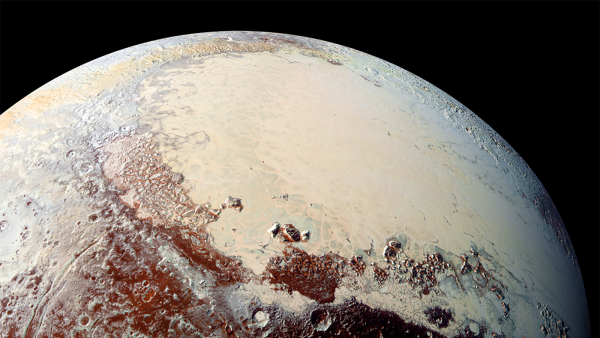
A new mission to Pluto could reveal the dwarf planet's hidden ocean—if the “queen of the underworld” can get airborne.

How Trump's budget cuts could affect two iconic space telescopes: Hubble and James Webb

'Missing' Mercury Meteorites May Finally Be Found on Earth
Latest news about Mars
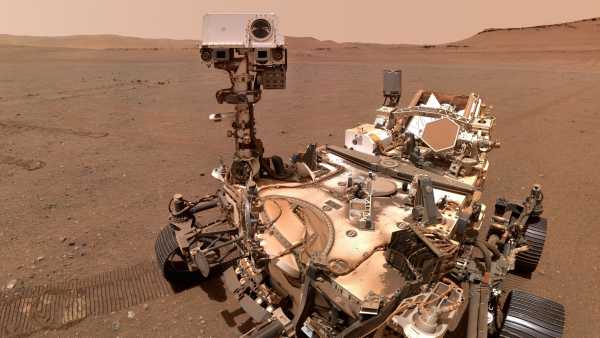
'Incredibly exciting': NASA claims to have found the 'clearest sign' of past life on Mars
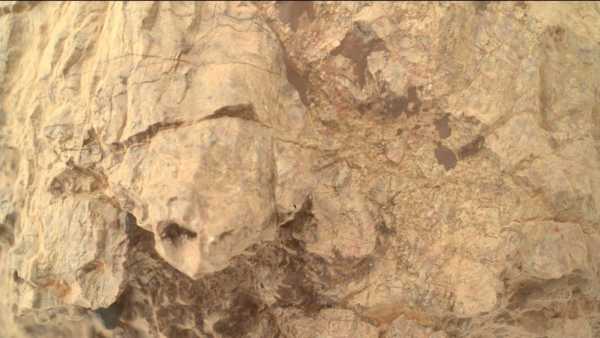
NASA has discovered a strange “turtle” on Mars.

Dozens of mysterious objects discovered inside Mars may be the remains of “failed planets.”
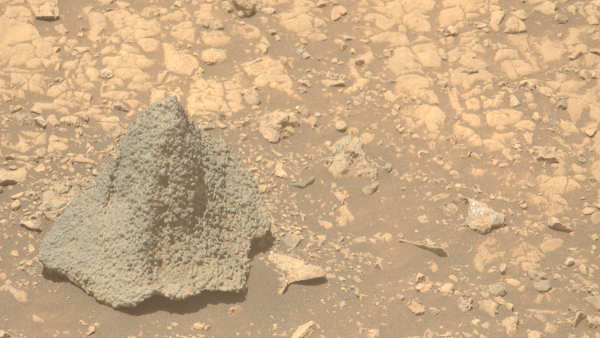
NASA's Perseverance rover has discovered a mysterious “helmet” on Mars.
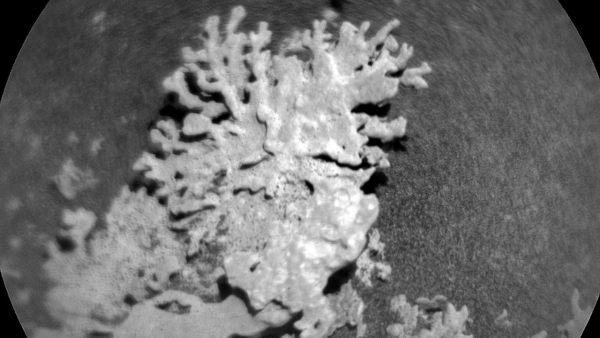
NASA has discovered a billion-year-old “coral” on Mars.
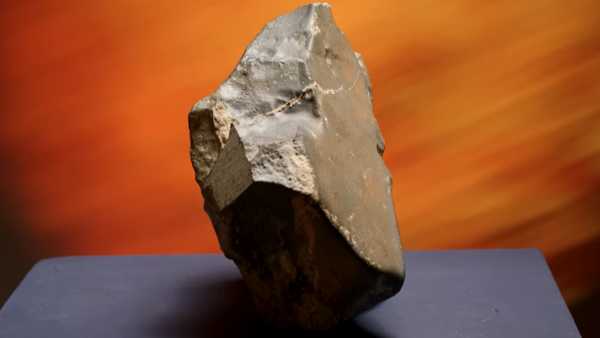
The largest known Martian meteorite on Earth sold at auction for $5.3 million.
Latest news

Trees in the Amazon rainforest are resisting climate change by growing thicker due to CO2 in the atmosphere.

Scientists have unveiled the world's first quantum computer built on conventional silicon chips.
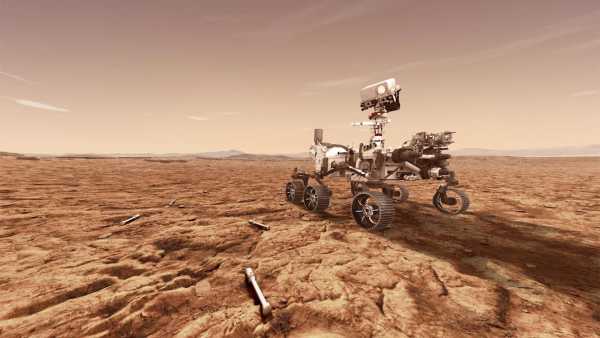
“If there's a space race, China is already winning”: NASA is unlikely to deliver Martian soil samples to Earth before China, experts say.
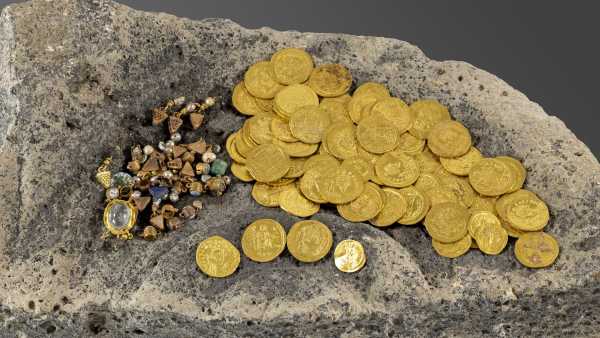
“Gold coins started appearing one after another”: 1,400-year-old hoard of money and jewelry discovered near the Sea of Galilee

Rare wampum beads discovered in 17th-century Newfoundland colony

A 1-million-year-old skull from China holds clues to the origins of Neanderthals, Denisovans, and humans.
LATEST ARTICLES

1Trees in the Amazon rainforest are resisting climate change by growing thicker due to CO2 in the atmosphere.
Live Science magazine is part of Future US Inc., an international media group and leading digital publisher. Visit our corporate website.
- About Us
- Contact Future experts
- Terms and Conditions
- Privacy Policy
- Cookie Policy
- Accessibility Statement
- Advertise with us
- Web notifications
- Career
- Editorial standards
- How to present history to us
© Future US, Inc. Full 7th Floor, 130 West 42nd Street, New York, NY 10036.
var dfp_config = { “site_platform”: “vanilla”, “keywords”: “type-news-daily,serversidehawk,videoarticle,van-enable-adviser-
Sourse: www.livescience.com





